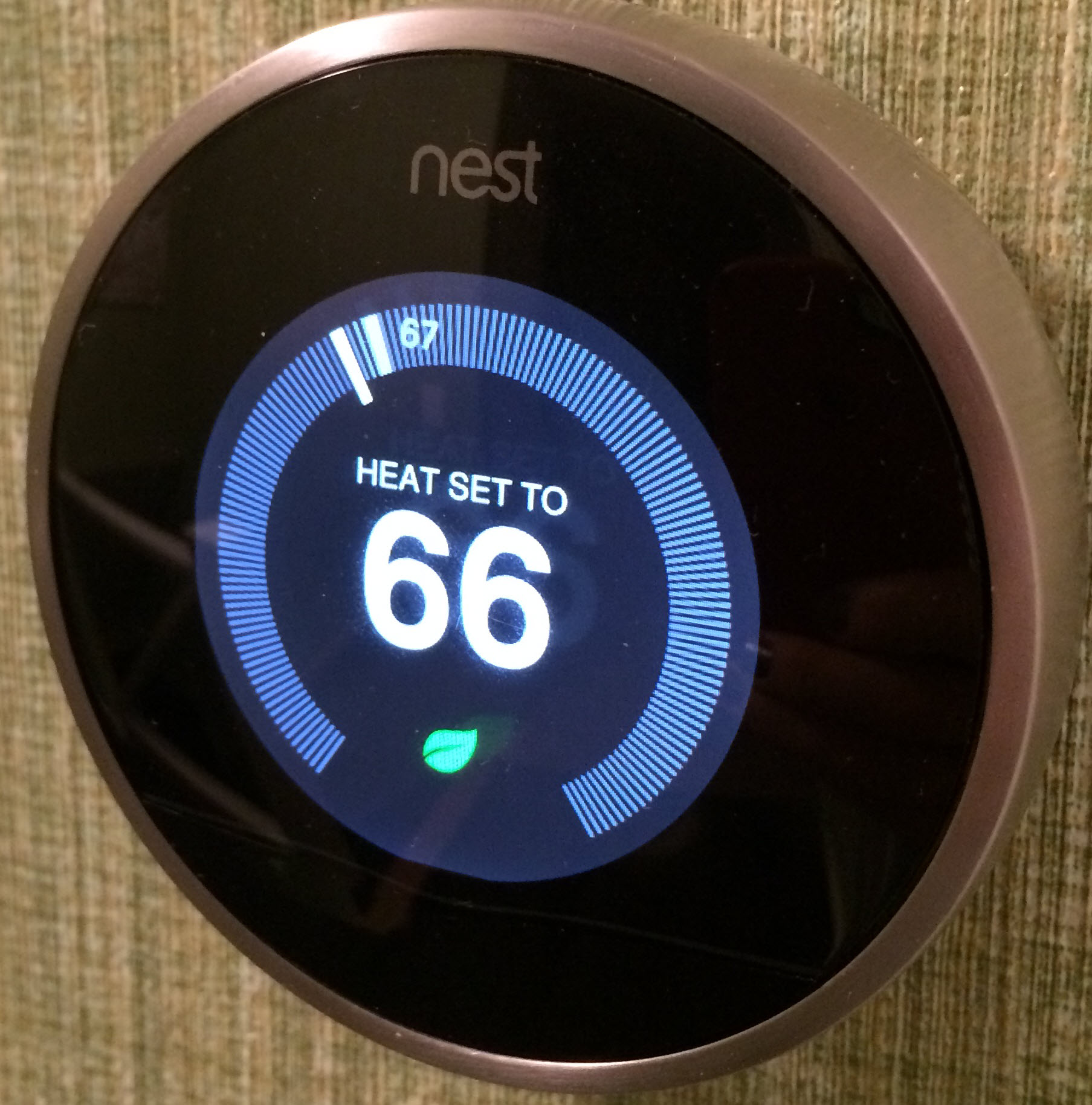“I’m divorcing my Nest thermostat”

Kara Pernice, the Managing Director at the Nielsen Norman Group, was a proud early adopter of the unique, cool, and pretty Nest device: “It helped me save energy, and communicated to me. But things went bad when it let me down emotionally.” Now she calls it abhorrent and abominable, and uses Don Norman’s 3 levels of emotional design (visceral, behavioral, and reflective) to help her understand what actually happened.
She doesn’t mince words:
“A learning device implies that it will not only pick up on what you usually do, but it will also: 1) allow you to change, and 2) absorb those changes. My Nest learned quite well, but then stopped learning. It remembered but it didn’t look for variations or adapt. It was the equivalent of a printed textbook: Facts, correct or not, become law if written in there and thus will be taught that way until the school chooses a different textbook.
When I turned the dial to increase the heat to 66 degrees, rather than responding by making the house warmer, or by informing me that it is now working toward this, it read, “in 1 hour and 20 minutes 66 degrees until 10:00PM.†The next day the house temperature plummeted to a punishing 50 degrees (I realize I may be spoiled) for no reason I was privy to. Here, by the way, is another usability heuristic not heeded: visibility of system status.
Try as I might, it won’t listen. So I pull on another sweater (a la Jimmy Carter) and mittens and a hat. Indoors. In my home. I am serious. And I wait until my thermostat decides that I am worthy of radiant warmth.”



